
 |
|
|
Fruits
Volume 62 Number 6 Date 06/01/2017 CODLING MOTH - Emergence has been underway since May 14. Counts for the period of May 25-31 were low and varied from 0-13 moths per trap at the monitoring sites that captured moths. The optimal treatment period for first-generation larvae is approaching in southern and central Wisconsin orchards. A larvicide application made 250 degree days (modified base 50°F) after biofix is the standard control for orchards that have documented significant early flights of 15-20 moths in the last two weeks. By contrast, in locations where the spring flight has been inconsistent, it is recommended that growers delay applications until 350 degree days post-biofix, when a greater percentage of the larval population has emerged. Setting additional pheromone traps would also be beneficial in identifying localized areas of moth activity within the orchard if counts remain low and a precise biofix cannot be established. A density of one trap per 2.5 acres (or one per five acres where blocks are uniform in size, shape and topography) is suggested. OBLIQUEBANDED LEAFROLLER - The spring flight continued for the second week, with low numbers of moths registered in southern and central Wisconsin orchards. Late-instar larvae and rolled leaves are still evident at some sites, signaling that moths should continue to emerge over the course of several weeks. The recommended scouting procedure for OBLR is to begin checking terminals for small larvae 7-10 days after the first moths are captured. Although there is no direct correlation between trap counts and larval populations, scouting is important since orchards that register even low counts (< five moths per trap) can develop significant larval problems a few weeks after a flight has occurred. Control is warranted for populations averaging three or more larvae per tree. GRAPE PLUME MOTH - Reports from vineyards in Dane and Vernon counties indicate that larvae are feeding on grape foliage and webbing together the terminal leaves of shoots. The green caterpillars with whitish hairs commonly appear in late spring in perimeter rows near wooded areas. Their feeding on interveinal areas of leaves and characteristic webbing on young terminals is generally low-impact and control is usually not required. However, in exceptional cases when 20% of shoots show webbing or damage, spot treatment of infested rows with Bacillus thuringiensis var. kurstaki (Btk) may be considered. Since Bt must be ingested by larvae to be lethal, it is imperative to confirm the presence of caterpillars and treat only if the larvae are small enough that continued feeding is expected. Grape growers who notice shoots with young leaves webbed together are advised to unroll the leaf to verify that the larvae inside is grape plume moth. WOOLY APPLE APHID - Apple growers are advised to begin scouting areas infested with this aphid last season to confirm the first appearance of aerial colonies, expected to become noticeable by mid-June. According to Orchard IPM Specialist John Aue, the systemic insecticide Movento offers excellent efficacy compared to neonicotinoid treatments, but the product must be applied shortly after petal fall and before second or third cover. SPOTTED WING DROSOPHILA - Flies were detected in Michigan on organic blueberries during the first week of May this year, marking the earliest recorded first emergence date in the upper Midwest. The previous earliest report was on June 6, 2016 in Door County. Berry growers planning to monitor SWD this season should set their traps as soon as possible to document the first capture date and early population growth trends. -- Krista Hamilton, DATCP Entomologist 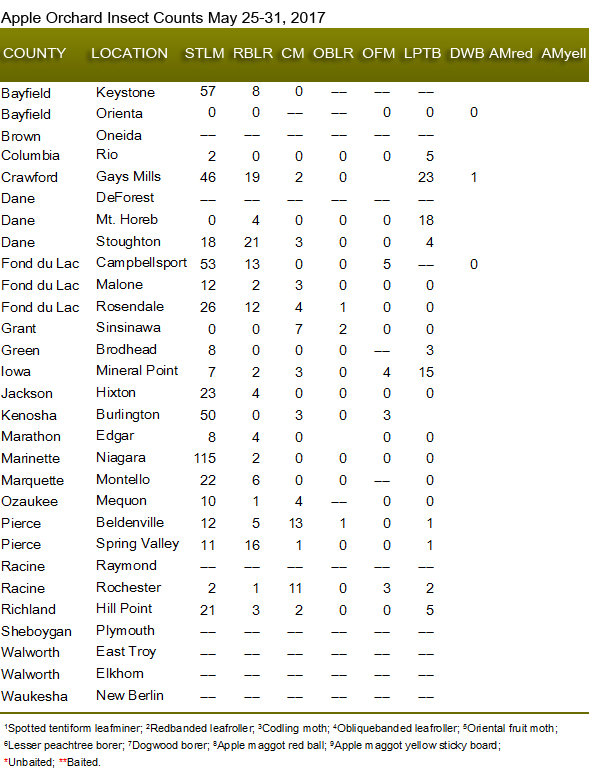
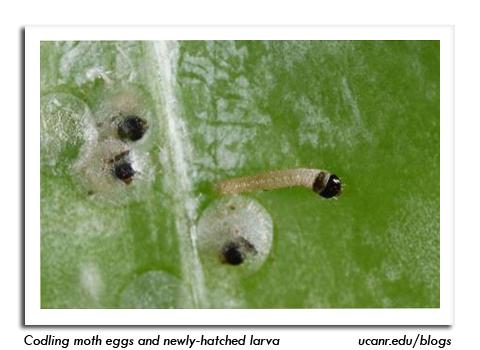
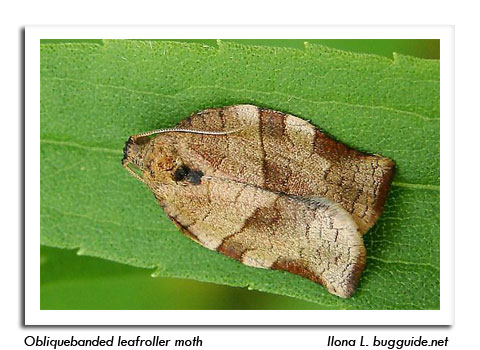
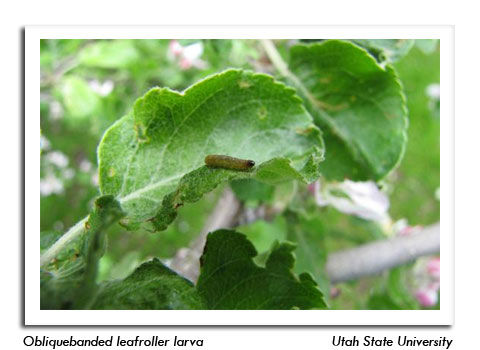
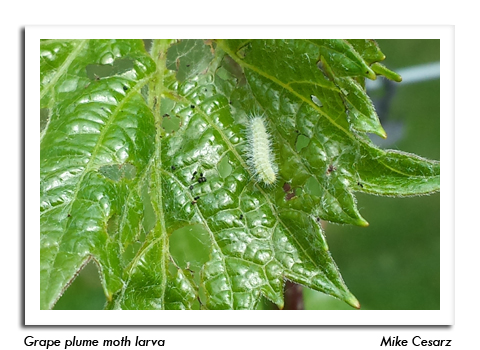
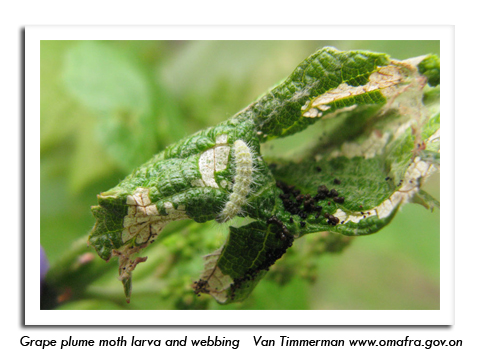
|
|
|